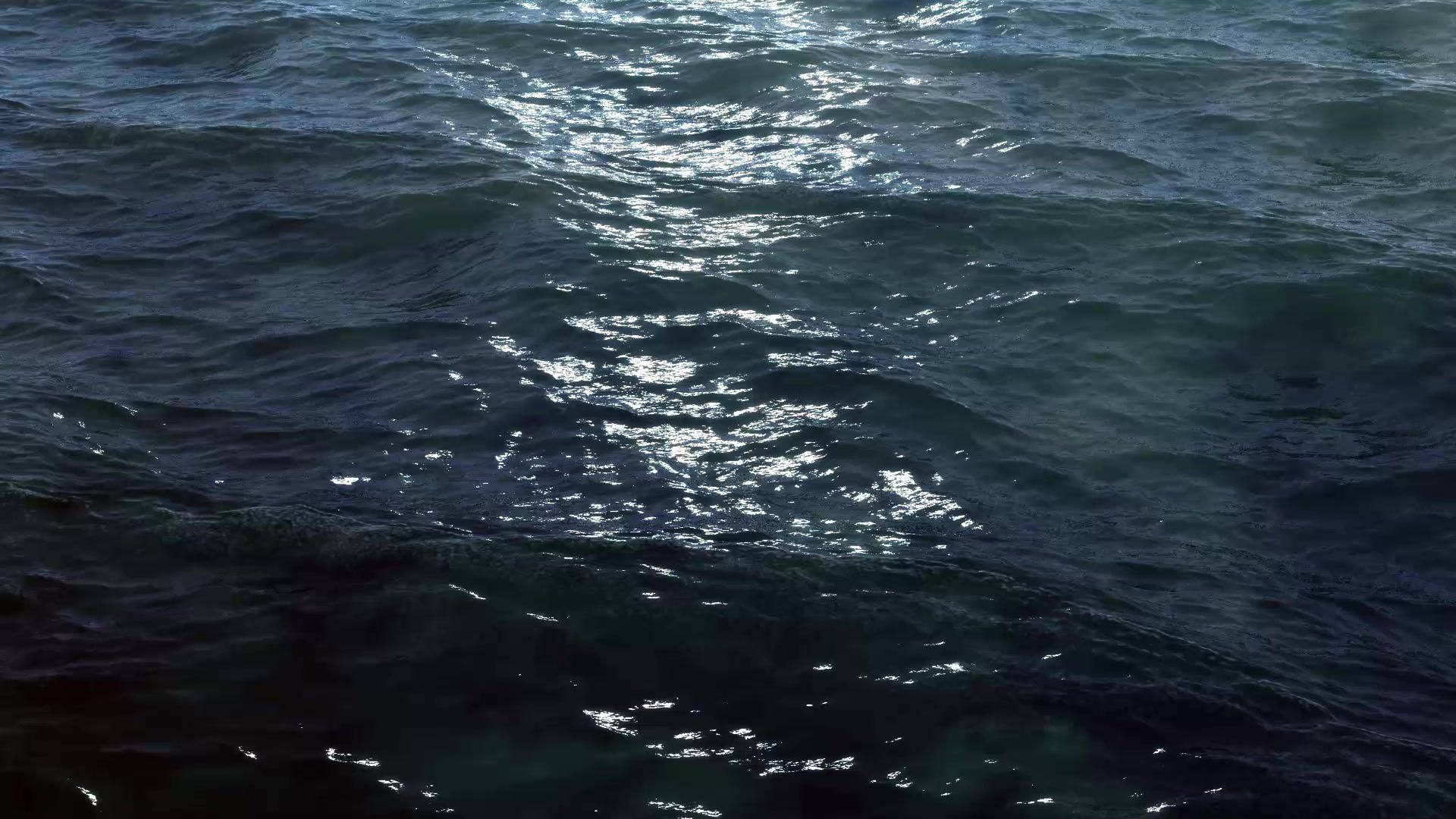
WEST INDIAN MANATEE
(Trichechus manatus)

-
Chordate
-
Aquatic Mammal
-
Marine habitat (see map below)
-
bilateral symmetry
-
Illegal poaching, as well as collisions with vessels, are a constant source of manatee fatalities
-
Conservaiton: Rehabilitation methods, education, and policy reinforcement
Manatees are protected under the Marine Mammal Protection Act, which prohibits the take (i.e., harass, hunt, capture, or kill) of all marine mammals. Manatees are found in marine, estuarine, and freshwater environments. The West Indian manatee, Trichechus manatus, includes two distinct subspecies, the Florida manatee (Trichechus manatus latirostris) and the Antillean manatee (Trichechus manatus manatus). Manatees have large, seal-shaped bodies with paired flippers and a round, paddle-shaped tail. They are typically grey in color (color can range from black to light brown) and occasionally spotted with barnacles or colored by patches of green or red algae. The muzzle is heavily whiskered and coarse, single hairs are sparsely distributed throughout the body. Adult manatees, on average, are about nine feet long (3 meters) and weigh about 1,000 pounds (200 kilograms).



